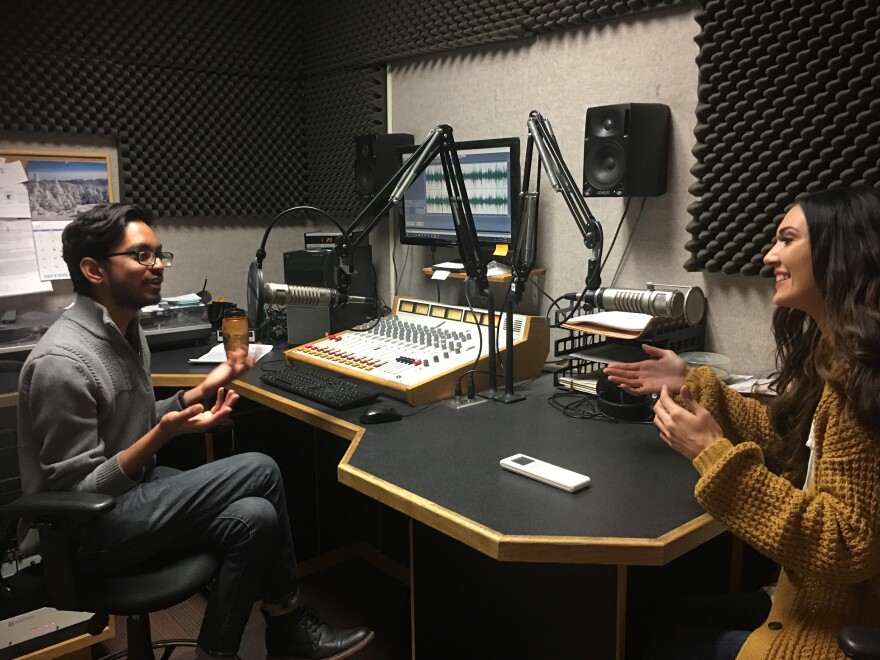At Idaho State University, KISU typically employs six to seven students each year in journalism roles. At least three focus solely on news, while others work on music, science and other programs.
The station usually received an average of $130,000 from the CPB, Anderson said. The remaining portion of its budget comes from student fees, donations and underwriting.
Cuts hit especially difficult, Anderson said, because a small station like KISU has little discretionary spending. Most of its budget goes to essentials such as staff and transmitters.
The station has enough to operate through October, but Anderson said it’s unclear what happens after that. Just in August, he said hours for part-time staff and student employees, as well as five local programs, were already cut.
“We might just have national programming on the air until we can sort of make up that budget shortfall,” he said, noting that student jobs aren’t “something we’re going to give up on.”
Anderson said demand for KISU positions already exceeds what the station can offer, and students’ work has won regional awards. Alumni have gone on to top graduate programs, he added.
Long said radio work feels different from campus journalism because it trains her to think about what’s relevant for a broader East Idaho audience, not just students.
Longer term, Anderson said KISU is exploring more Career Path Internshipopportunities through the university — the same program that placed Long at the station — which could provide a funding lifeline.
That push mirrors what the Center for Community News at the University of Vermont is urging in the wake of CPB’s shutdown: more formal partnerships between public media and journalism schools.
Read the entire story at HERE


